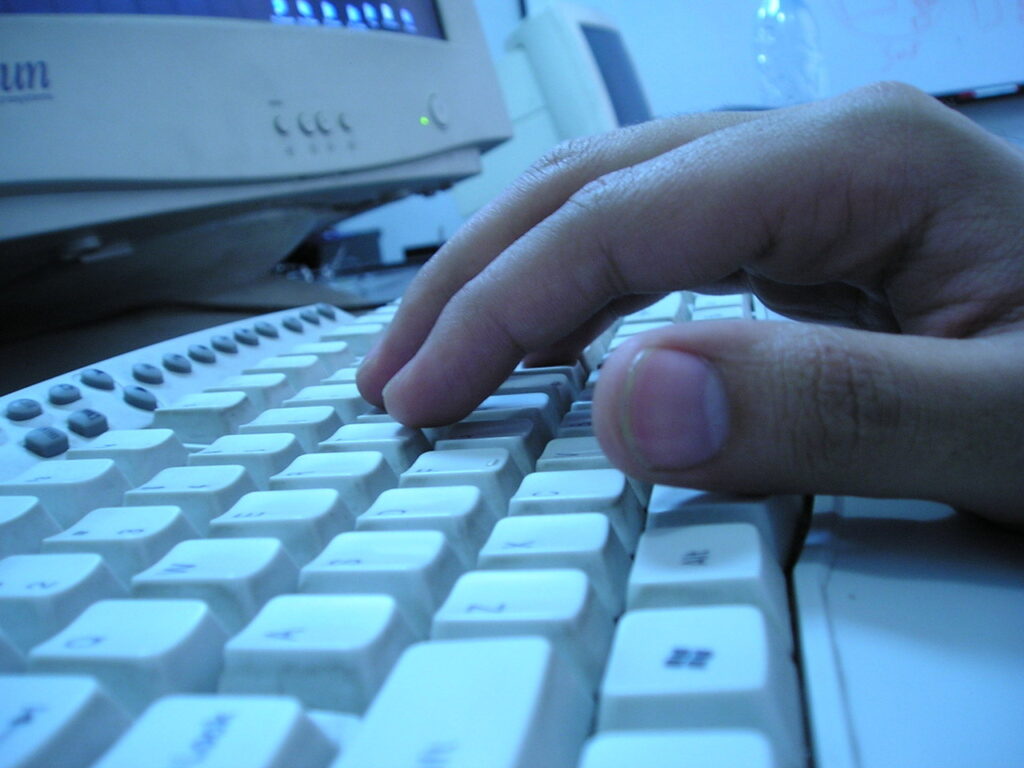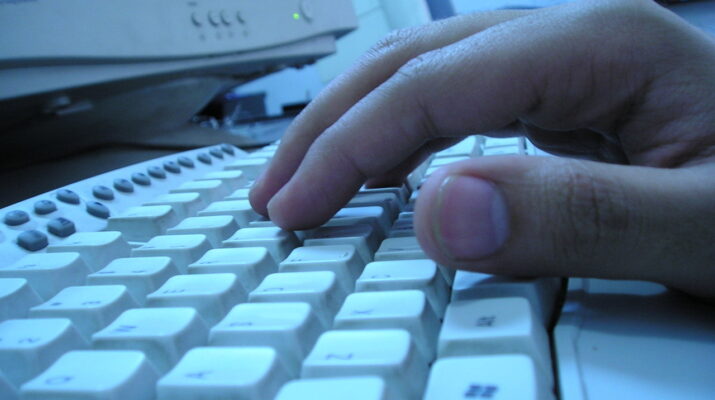The number of COVID-19 cases continue to increase exponentially in the Philippines, giving the government a problem on the reopening of schools and universities.
Classes started being suspended in early February in response to proliferating COVID-19 cases, despite there being more than two months of teaching left in the school year. Many parts of the country, including the capital Metro Manila, were placed under an enhanced community quarantine (ECQ).
The ECQ restricted most outdoor movement, including schools. This placed a heavy burden on students who were on the verge of moving up another year or completing their studies entirely.
As the school year was nearing its end, most students had already paid their school tuition in full by the time classes were suspended. Many parents or working students would feel shortchanged if their learning would end abruptly for the year, but the threat of COVID-19 also can’t be overstated.
By all means, suspending classes was imperative to curb the spread of the respiratory virus. But the education of the nation’s youth is also crucial, hence the challenge for the government is to strike a balance between catering the academic needs of the students while preventing COVID-19 outbreaks in our schools.
Many institutions see that compromise as online classes, where teaching and academic testing will be conducted wholly on the internet. At first glance, it seems to have achieved the desired balance – students and faculty will still observe physical distancing and the learning process can continue.
However, this mode of teaching is anti-poor when you consider the number of Filipinos who do not have the gadgets much more have access to the internet. While Filipinos are known to be among the most prolific internet users in the world, data from 2019 reveal that less than half of the population (47 per cent) use the internet.
A research done by the Asia Foundation in 2018 also revealed that almost 45 per cent of the population (numbering then at 46 million people) did not have access to internet. The same document also showed that 74 per cent of public schools in the country did not have their own internet connection.
Those projections are further backed by a United Nations study back in 2014, which showed only 37 per cent of Filipinos had access to the internet in their homes – despite being among the busiest social media users in the world.
With the vast majority of your population not having access to internet, or are not even digitally literate themselves, how could the transition to online classes work? If students were forced to continue their studies online, it will only be those who are privileged enough to own a computer and have internet access who will be able to participate.
The apparent contradiction between having a deficient internet accessibility but high social media activity is made possible because of the abundance of internet cafes in the country. Low barriers to entry means they sprout in almost every corner of the country and the cheap per hour costs make it affordable to the hoi polloi.
These establishments may appear as a solution to the online classes problem, but under the COVID-19 quarantine rules internet cafes have ceased operations.
It is also a fact that the Philippines has among the slowest internet speeds in the world. In 2017, the country ranked 74th out of 77th in terms of 4G internet speed. Last year, the country had the 11th slowest mobile internet speed in the entire world.
While improvements to internet speed has been seen in the most recent statistics, the current levels still fall below the global average.
Then there is the issue of cost. Despite having among the slowest average speeds, the cost of internet in the country is astonishingly among the most expensive also. In 2016, the United Nations declared that the internet is one of the basic human rights that Filipinos were being deprived of.
The UN’s 2013 Broadband Commission Report estimated that only 23 out of every 100 Filipinos had access to broadband internet in their homes. The report also showed the country’s average broadband speed versus the average price can be considered as being at the lower band of the service frequencies.
But despite these statistics, the Department of Education (DepEd) is still considering the use of online classes to conduct the school year. They also indicated their approval for private schools to implement online classes, even though there are many private school students who may still struggle with this due to either cost or accessibility.

Internet access in the Philippines is not only severely limited but costly too. This means that the prospect of online classes will be unfair for the poor, who ironically need education the most.
Rather than forcing online education when less than half of the population has access to the internet, the government should just give students automatic promotions to allow them to progress in their academics.
Many opponents of this idea argue that many students may not deserve having a free pass from their studies, but this begs the question: what is education actually about? Is it a contest to see who attains the most points, or an exercise in learning?
It should not matter how well a student performed to decide if they get an automatic promotion or not. What DepEd should instead be concerned about is if the students, the future of our country, are learning.
Government officials should instead ensure that learning materials are given to students so they can continue distance learning, either with the guidance of their guardians or on their own.
After all, it isn’t the fault of these students why classes cannot carry-on as normal – there is a once in a lifetime pandemic beleaguering the world, they do not deserve to waste the tuition fee they paid for and fail their academics for something that is beyond their control.


One thought on “Philippines: Why online classes are anti-poor”
Comments are closed.